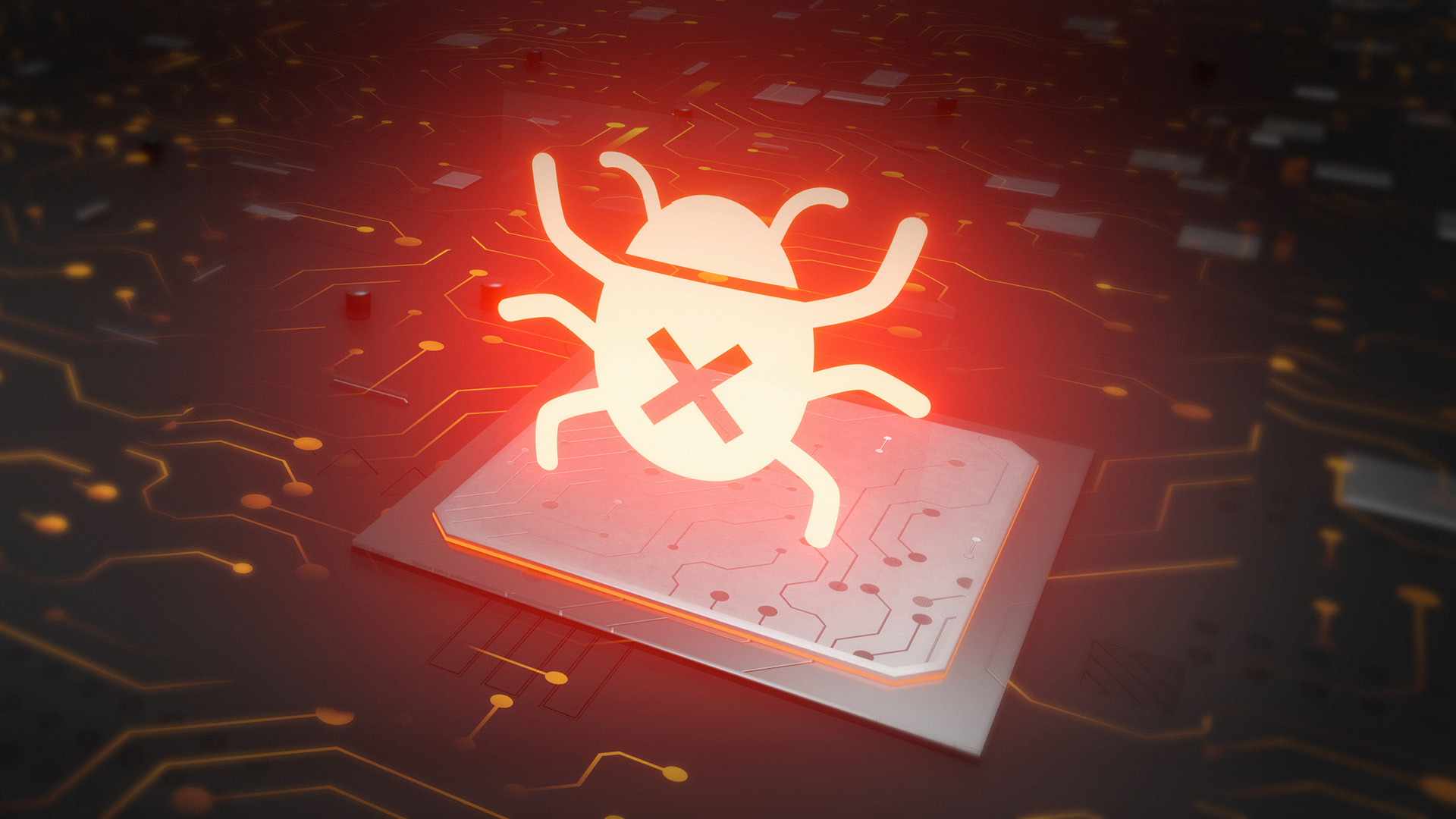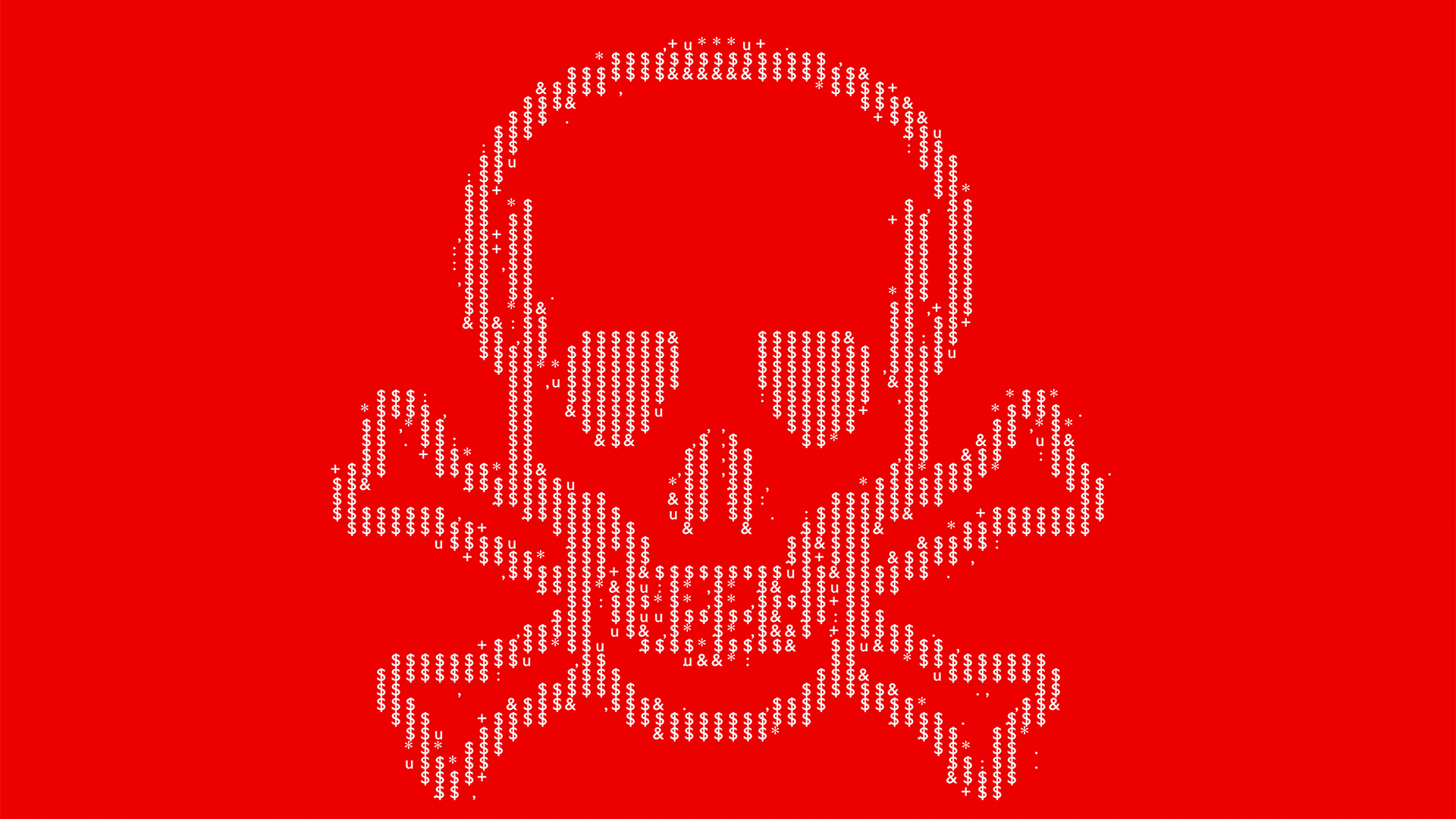US authorities just purged malware from thousands of devices across the world
After taking control of the PlugX malware’s command-and-control server, the coalition were able to trigger a self-delete mechanism to remove the malicious program


The US Justice Department and FBI have revealed a joint operation with international partners was able to delete malware injected by Chinese threat actors to thousands of devices around the world.
Announced on 14 January, the months-long operation was conducted in collaboration with French law enforcement in which the PlugX malware was removed from more than 4,200 computers worldwide.
According to court documents, the group behind the attack, referred to alternatively as Twill Typhoon or Mustang Panda, has been active from around 2014 and was paid by the PRC to develop a specific version of the PlugX malware for the intrusion campaign.
In the affidavit, the FBI stated that the malware was used by the attackers to exfiltrate files and other information held on the computers of government agencies and private enterprises in the US, ostensibly for espionage purposes.
Foreign entities were also targeted, the FBI noted, with notable targets including European shipping companies in 2024 and a number of European governments between 2021 and 2023.
The joint operation was able to remove the malware from the target devices in this instance after a French law enforcement agency gained access to a command-and-control (C2) server that could send commands to infected devices.
French law enforcement identified the malware’s infrastructure included a native ‘self-delete’ functionality which they were able to leverage once they had control of the C2 server.
Get the ITPro daily newsletter
Sign up today and you will receive a free copy of our Future Focus 2025 report - the leading guidance on AI, cybersecurity and other IT challenges as per 700+ senior executives
Once triggered, the mechanism deleted all the files created by the PlugX malware on the target device and all PlugX registry keys used to automatically run the PlugX malware when the system is booted, as well as removing the PlugX application once it is stopped running.
What is PlugX?
The PlugX malware family has been observed in attacks from as early as 2008. It has been leveraged by multiple threat actors but researchers have typically associated its use with espionage-focused groups linked to China, including Mustang Panda.
Chris Jones, incident response analyst at Check Point Software, described PlugX as a modular malware with a variety of capabilities, all suited for espionage objectives.
“PlugX is a powerful remote access Trojan (RAT) often used in targeted cyber-espionage campaigns. Its modular design allows attackers to tailor its capabilities to their specific needs, enabling activities like data theft, keylogging, file manipulation, and executing commands on infected systems,” he explained.
“It is typically spread through spear-phishing campaigns, exploiting vulnerabilities, or using malicious attachments to gain access.”
RELATED WHITEPAPER

He added that efforts to neutralize the threat posed from malicious tools like PlugX usually revolve around targeting the infrastructure the malware relies on for execution, much like this most recent operation carried out by US and French law enforcement.
"Law enforcement agencies seizing servers used to facilitate PlugX operations are adding to efforts like the 2019 seizure of servers linked to the Imminent Monitor RAT. These coordinated actions demonstrate an ongoing commitment to dismantling cybercriminal infrastructure and protecting users from sophisticated malware and privacy threats."
Matthew G. Olsen, assistant attorney general of the Justice Department’s National Security Division, said such operations rely on security agencies working together, praising the efforts of the French government in this instance.
“This operation, like other recent technical operations against Chinese and Russian hacking groups like Volt Typhoon, Flax Typhoon, and APT28, has depended on strong partnerships to successfully counter malicious cyber activity. I commend partners in the French government and private sector for spearheading this international operation to defend global cybersecurity.”

Solomon Klappholz is a former staff writer for ITPro and ChannelPro. He has experience writing about the technologies that facilitate industrial manufacturing, which led to him developing a particular interest in cybersecurity, IT regulation, industrial infrastructure applications, and machine learning.
-
 Google tells some remote workers to return to the office or risk losing jobs
Google tells some remote workers to return to the office or risk losing jobsNews Google has warned remote workers will need to return to the office or else lose their jobs, according to reports.
By Ross Kelly
-
 IBM puts on a brave face as US government cuts hit 15 contracts
IBM puts on a brave face as US government cuts hit 15 contractsNews Despite the cuts, IBM remains upbeat after promising quarterly results
By Nicole Kobie
-
 Hackers are using Zoom’s remote control feature to infect devices with malware
Hackers are using Zoom’s remote control feature to infect devices with malwareNews Security experts have issued an alert over a new social engineering campaign using Zoom’s remote control features to take over victim devices.
By Ross Kelly
-
 Hackers are duping developers with malware-laden coding challenges
Hackers are duping developers with malware-laden coding challengesNews A North Korean state-sponsored group has been targeting crypto developers through fake coding challenges given as part of the recruitment process.
By Emma Woollacott
-
 ‘Phishing kits are a force multiplier': Cheap cyber crime kits can be bought on the dark web for less than $25 – and experts warn it’s lowering the barrier of entry for amateur hackers
‘Phishing kits are a force multiplier': Cheap cyber crime kits can be bought on the dark web for less than $25 – and experts warn it’s lowering the barrier of entry for amateur hackersNews Research from NordVPN shows phishing kits are now widely available on the dark web and via messaging apps like Telegram, and are often selling for less than $25.
By Emma Woollacott
-
 Seized database helps Europol snare botnet customers in ‘Operation Endgame’ follow-up sting
Seized database helps Europol snare botnet customers in ‘Operation Endgame’ follow-up stingNews Europol has detained several people believed to be involved in a botnet operation as part of a follow-up to a major takedown last year.
By Emma Woollacott
-
 This potent malware variant can hijack your Windows PC, steal passwords, and more: Neptune RAT is spreading on GitHub, Telegram, and even YouTube – and experts warn 'anyone could use it to launch attacks'
This potent malware variant can hijack your Windows PC, steal passwords, and more: Neptune RAT is spreading on GitHub, Telegram, and even YouTube – and experts warn 'anyone could use it to launch attacks'News Neptune RAT can hijack Windows PCs and steal passwords – and it's spreading fast
By Emma Woollacott
-
 Warning issued over ‘fast flux’ techniques used to obscure malicious signals on compromised networks
Warning issued over ‘fast flux’ techniques used to obscure malicious signals on compromised networksNews Cybersecurity agencies have issued a stark message that too little is being done to sniff out malware hiding in corporate networks
By Rory Bathgate
-
 Fake file converter tools are on the rise – here’s what you need to know
Fake file converter tools are on the rise – here’s what you need to knowNews The FBI has issued an alert over the rise of fake file converter tools available online after observing a spate of scams and ransomware attacks.
By Emma Woollacott
-
 Forget MFA fatigue, attackers are exploiting ‘click tolerance’ to trick users into infecting themselves with malware
Forget MFA fatigue, attackers are exploiting ‘click tolerance’ to trick users into infecting themselves with malwareNews Threat actors are exploiting users’ familiarity with verification tests to trick them into loading malware onto their systems, new research has warned.
By Solomon Klappholz